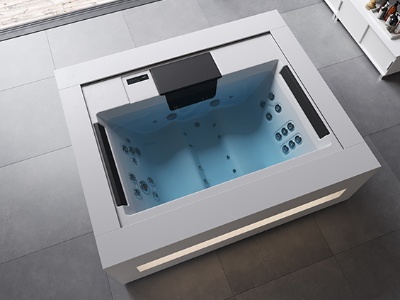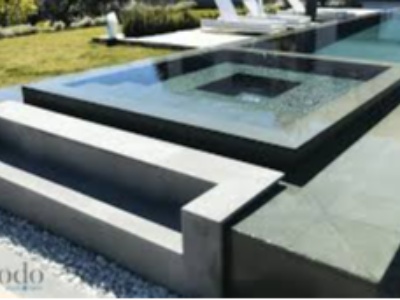
Maintaining a swimming pool is not just a matter of cleaning the water and adding chemicals. Regular preventive maintenance helps to avoid major breakdowns and prolong the life of the equipment. Without rigorous monitoring, filters can become clogged, the pump can wear out prematurely and leaks can appear, resulting in costly repairs. By anticipating these problems, you not only reduce the risk of breakdowns, but you also optimise the efficiency and longevity of your installation. Here are the best practices for effective preventive maintenance.
Why is preventive maintenance essential?
A well-maintained swimming pool is a long-term investment. By neglecting maintenance, you risk encountering various problems, such as green water, clogged filters or a pump that is out of order. The main advantages of preventive maintenance are as follows:- Reduced costs: Preventive maintenance limits the need for costly repairs and extends the lifespan of equipment.
- Optimised performance: A well-maintained pump consumes less energy and ensures better water circulation.
- Preventing breakdowns: A dirty filter or a pump that overheats can lead to downtime in the middle of the summer season.
- Improved water quality: A good chemical balance and effective filtration help prevent algae and limit the excessive use of chemical treatments.
Checks to be carried out regularly
To keep your swimming pool in perfect condition, certain checks must be carried out periodically. Here are the essential checkpoints:- Checking the pH and chemical levels: An unbalanced pH can reduce the effectiveness of disinfectants and damage equipment. Ideally, the pH should be maintained between 7.2 and 7.6.
- Equipment inspection: Check that the pump, skimmers and filter are working properly to detect any anomalies before a problem arises.
- Cleaning the baskets and pre-filters: These elements prevent debris from reaching the pump and the filter. Weekly cleaning helps prevent blockages.
- Monitoring for leaks: A worn seal or faulty connection can result in significant water loss. Inspect the pipes and valves regularly.
How can you avoid costly breakdowns through proper maintenance?
Most pool breakdowns can be avoided through simple weekly maintenance. Here are a few essential actions:- Run the filtration at the right pace: The filtration time depends on the temperature of the water. A simple rule: divide the temperature by two (for example: 14 hours of filtration for water at 28°C).
- Clean the filter: Whether it is a sand, cartridge or diatomaceous earth filter, it must be cleaned regularly to ensure effective filtration.
- Check the pump: A pump that makes an unusual noise, overheats or loses power may be dirty or at the end of its life.
Optimisation and reduction of maintenance costs
Good maintenance is not just about avoiding breakdowns, it also significantly reduces the operating costs of your swimming pool. Here are a few tips to optimise your budget:- Use a tarpaulin: A pool cover limits evaporation and reduces the accumulation of debris, which in turn reduces the consumption of water and chemicals.
- Invest in a variable speed pump: These pumps consume up to 80% less electricity than traditional models.
- Choose quality cleaning products: A good disinfectant used correctly avoids over-consumption of products and reduces the risk of water imbalance.
- Maintaining the filtration system: A filter in good condition reduces the amount of chemicals needed and improves water quality.




